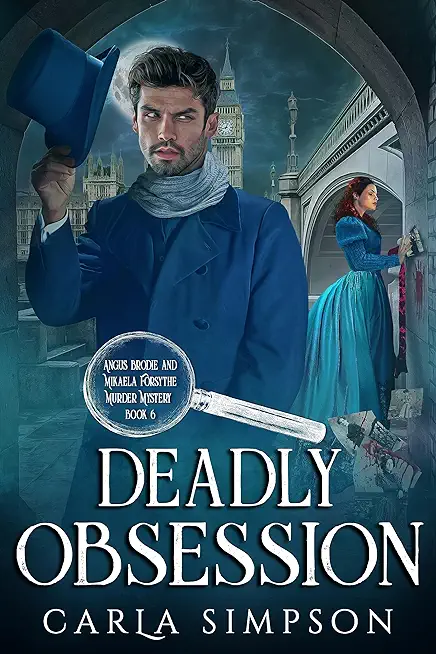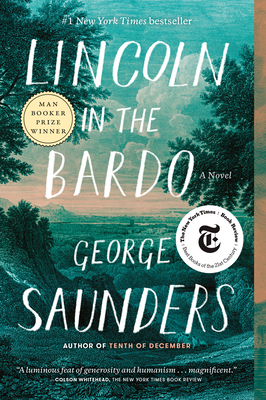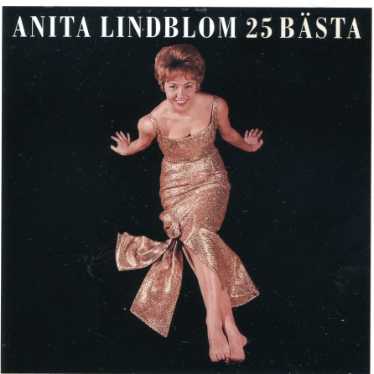
The case begins simply enough until the young woman goes missing. Then, the family receives another photograph of their daughter who is obviously quite dead and that simple inquiry case has now become an investigation of murder.
But this is no routine investigation to follow the clues as another photograph is received, and another body is found.
Then another, and Brodie and Mikaela must confront the fact that the murderer is brilliant, talented with those startling even beautiful images, and quite possibly insane as the murders do not appear to be for the usual reasons of robbery, blackmail, or an assault.
What then is it that drives a cold-blooded killer to pick his victims, take those enigmatic photographs that catches them so perfectly? Then take another photograph once they are dead?
Brodie has his own thoughts from years of experience with the MP of London as an investigator, while Mikaela has an entirely different take on the murders.
Their inquiries take them from the struggling photographer who takes iconic photos around London then sells them for the stereopticons that have become so popular in Victorian London, to the casual photographer on the street with his box camera, and into the galleries where photo exhibits are shown.
All the while they are exploring the next step in their relationship.
As the murderer becomes bolder, the photograph of his next victim appears in the Times of London, setting off even more inquiries, and prominent London families fear the worst.
Then, Brodie receives a photograph of Mikaela...







